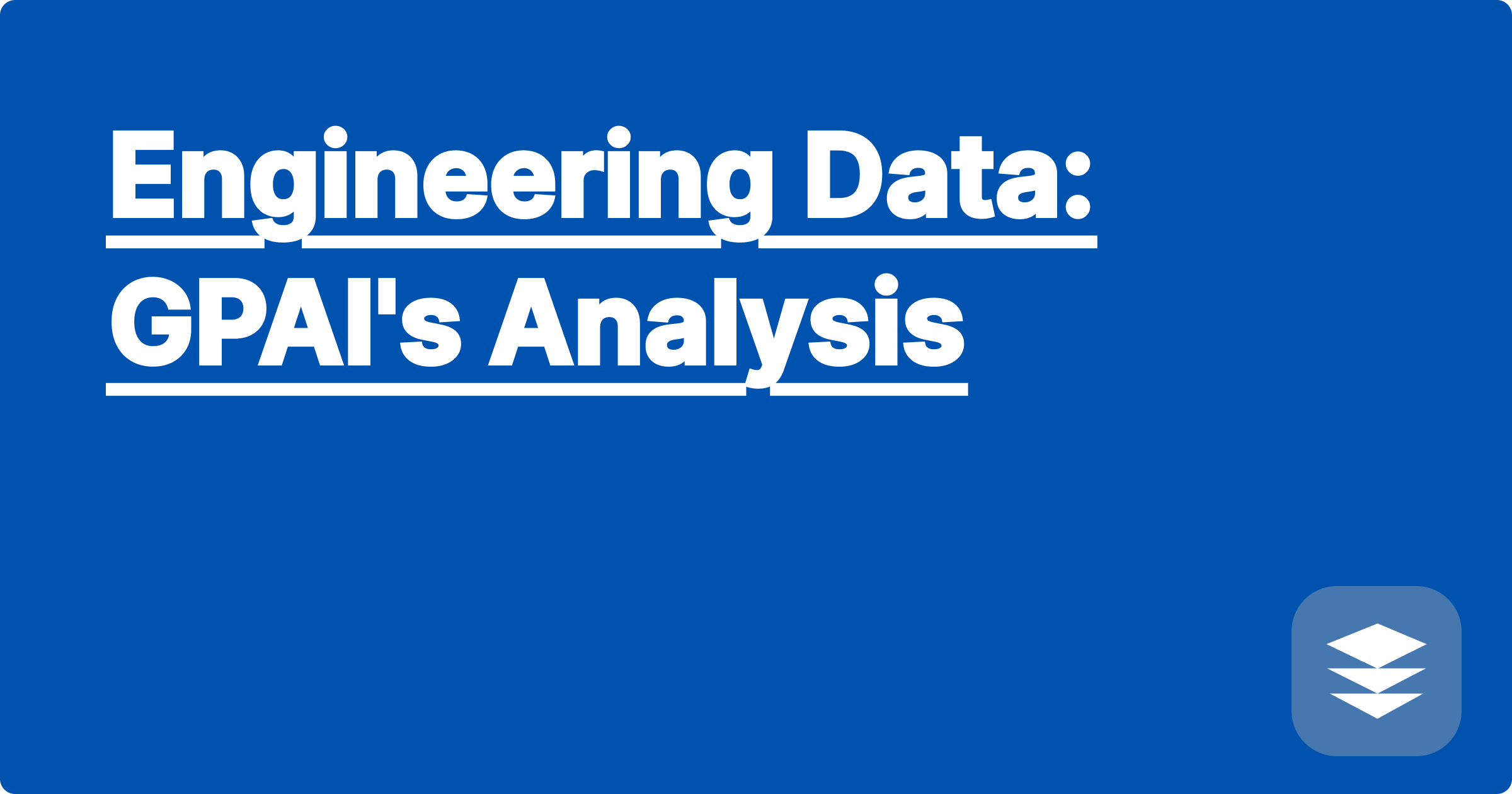
The sheer volume of data generated in modern engineering research presents a significant challenge. Analyzing this data efficiently and extracting meaningful insights can be incredibly time-consuming and complex. Artificial intelligence offers a powerful set of tools to address this challenge, enabling researchers to automate tedious tasks, uncover hidden patterns, and accelerate the pace of discovery. AI can transform raw data into actionable knowledge, empowering engineers to design better experiments, optimize complex systems, and ultimately push the boundaries of scientific understanding.
For STEM students and researchers, mastering these AI-powered tools is no longer optional; it's essential. The ability to leverage AI for data analysis will be a defining skill for the next generation of engineers. This blog post will delve into the world of engineering data analysis, exploring how AI, particularly through tools like ChatGPT, Claude, and Wolfram Alpha, can revolutionize research workflows. We'll explore practical examples and offer concrete strategies for integrating these tools into your academic pursuits, ultimately boosting your productivity and research impact.
The Global Partnership on Artificial Intelligence (GPAI) recognizes the transformative potential of AI in various sectors, including engineering. Their work highlights the importance of responsible AI development and deployment, emphasizing the need for ethical considerations and robust validation methods. This aligns perfectly with the need for rigor and transparency in scientific research, reinforcing the importance of understanding the underlying principles of AI when applying it to engineering data.
Engineering disciplines, from materials science to aerospace engineering, rely heavily on experimental data. This data can range from simple measurements like temperature and pressure readings to complex multi-dimensional datasets generated by sophisticated sensors and simulations. The challenge lies not only in the volume of this data but also in its complexity and heterogeneity. Traditional data analysis methods often struggle to cope with such large and diverse datasets, leading to bottlenecks in the research process. Manually sifting through thousands of data points is not only tedious but also prone to human error. Furthermore, identifying subtle correlations and patterns within the data can be extremely difficult without the aid of advanced analytical tools. This can hinder the discovery of new insights and slow down the pace of innovation.
AI offers a powerful suite of tools to address the challenges of engineering data analysis. Large language models like ChatGPT and Claude can be used to automate tasks such as data cleaning, preprocessing, and even generating initial interpretations of results. These models can be trained on specific datasets to recognize patterns and anomalies, significantly reducing the time required for manual analysis. Wolfram Alpha, a computational knowledge engine, excels at symbolic computations, equation solving, and data visualization, providing researchers with a powerful platform for exploring complex mathematical relationships within their data. By combining the strengths of these different AI tools, researchers can create a highly efficient and automated data analysis pipeline.
Begin by clearly defining your research question and identifying the relevant datasets. This crucial first step ensures that your analysis is focused and targeted. Next, preprocess your data, cleaning and formatting it to ensure compatibility with the chosen AI tools. This might involve removing outliers, handling missing values, and converting data into a standardized format. Then, select the appropriate AI tool for your specific needs. For instance, if you need to analyze textual data from research papers, ChatGPT or Claude would be suitable choices. If you require complex mathematical computations, Wolfram Alpha is the better option. Train the chosen AI model on a subset of your data, allowing it to learn the underlying patterns and relationships. Once trained, apply the model to the full dataset to generate predictions or extract insights. Finally, critically evaluate the results, comparing them with existing knowledge and validating them through further experimentation or simulation.
Consider a materials scientist investigating the relationship between the composition of an alloy and its tensile strength. They have collected a large dataset containing the chemical composition and corresponding tensile strength measurements for hundreds of different alloy samples. Using Wolfram Alpha, they can perform regression analysis to identify the mathematical relationship between these variables, potentially uncovering a formula like Tensile Strength = aX + bY + c*Z, where X, Y, and Z represent the concentrations of different elements in the alloy, and a, b, and c are coefficients determined by the regression analysis. Another example could involve an aerospace engineer analyzing wind tunnel data. They can use ChatGPT to process the textual descriptions of experimental setups and automatically extract relevant parameters like airspeed, pressure, and temperature. This automated data extraction can significantly reduce the time required for data preparation.
Embrace the power of AI by integrating these tools into your daily research workflow. Start with small, well-defined tasks and gradually expand your usage as you gain experience. Don't be afraid to experiment with different AI tools and techniques to find the best approach for your specific needs. Stay updated on the latest advancements in AI and explore new applications within your field. Critically evaluate the output of AI tools, remembering that they are powerful assistants but not infallible oracles. Always validate your findings through established scientific methods. Collaboration is key. Share your experiences and best practices with your peers, fostering a culture of AI literacy within your research community.
Finally, remember that AI is a rapidly evolving field. Continuous learning and adaptation are crucial for staying at the forefront of this technological revolution. Explore online resources, attend workshops, and engage with the AI research community to expand your knowledge and refine your skills. By embracing these strategies, you can harness the full potential of AI to transform your research, accelerating discovery and contributing to the advancement of engineering knowledge.
GPAI: Ace Physics Homework Fast!
Chem Exam Prep: GPAI's Secret Weapon
Conquer Calculus: GPAI Solver's Power
GPAI: Master Organic Chemistry!
Engineering Data: GPAI's Analysis
GPAI: Your Linear Algebra Ally
GPAI: Conquer Your Stats Exams!